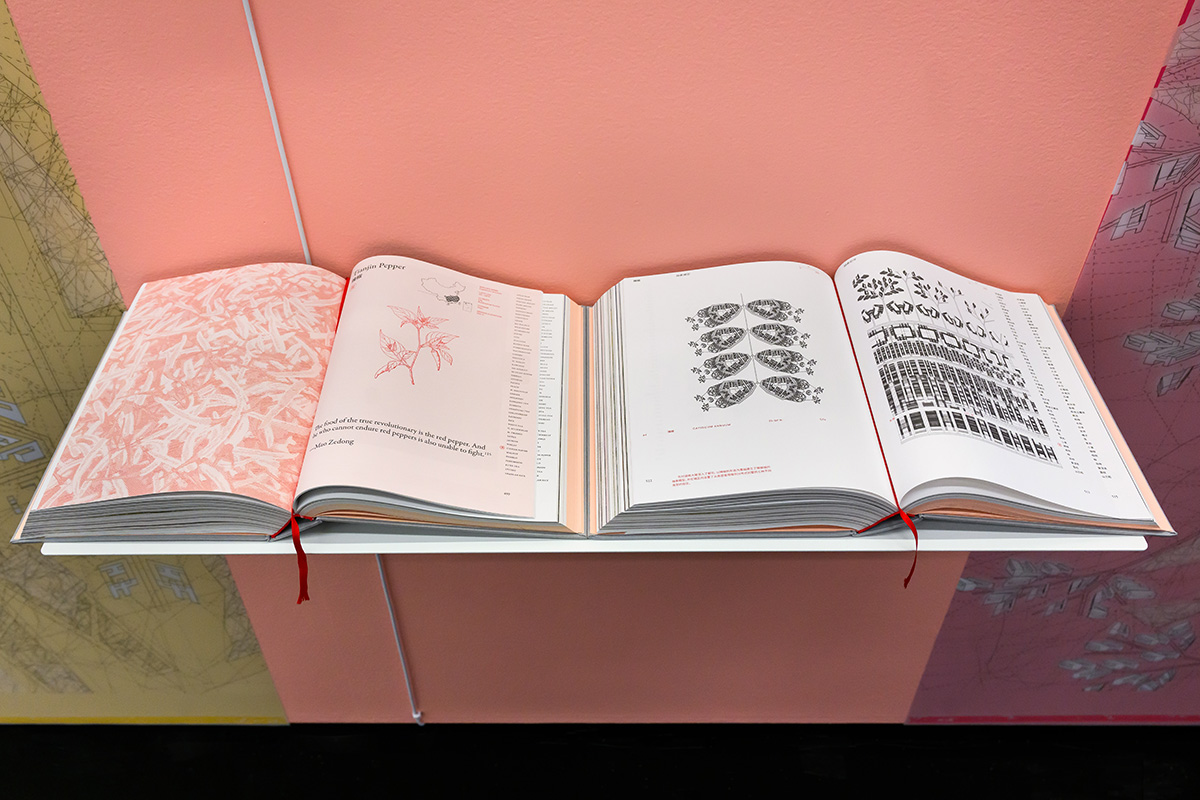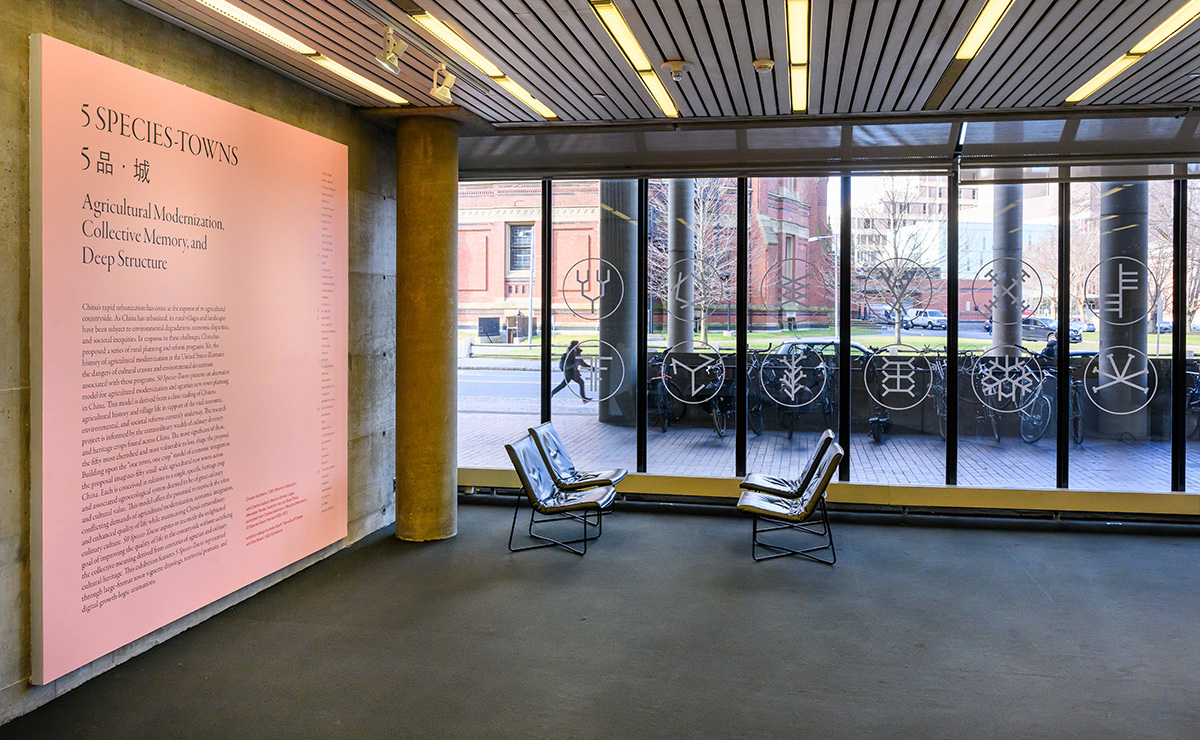5 SPECIES-TOWNS: Agricultural Modernization, Collective Memory, and Deep Structure

Jujube, growth logic, Charles Waldheim/Office for Urbanization, 2021.
China’s rapid urbanization has come at the expense of its agricultural countryside. As China has urbanized, its rural villages and landscapes have been subject to environmental degradations, economic disparities, and societal inequities. In response to these challenges, China has proposed a series of rural planning and reform programs. Yet the history of agricultural modernization in the United States illustrates the dangers of cultural erasure and environmental devastation associated with these programs. 50 Species-Towns presents an alternative model for agricultural modernization and agrarian new-town planning in China. This model is derived from a close reading of Chinese agricultural history and village life in support of the vital economic, environmental, and societal reforms currently underway. The research project is informed by the extraordinary wealth of culinary diversity and heritage crops found across China. The most significant of these, the fifty most cherished and most vulnerable to loss, shape the proposal. Building upon the “one town, one crop” model of economic integration, the proposal imagines fifty small-scale agricultural new towns across China. Each is conceived in relation to a single, specific heritage crop and associated agroecological system deemed to be of great culinary and cultural value. This model offers the potential to reconcile the often conflicting demands of agricultural modernization, economic integration, and enhanced quality of life while maintaining China’s extraordinary culinary culture. 50 Species-Towns aspires to reconcile the enlightened goal of improving the quality of life in the countryside without sacrificing the collective meaning derived from centuries of agrarian and culinary cultural heritage. This exhibition features 5 Species-Towns represented through large-format town vignette drawings, territorial portraits, and digital growth-logic animations.
CREDITS
Charles Waldheim / GSD Office for Urbanization
with Charles Gaillard, Mariano Gomez-Luque, Mercedes Peralta, Seok Min Yeo, and Boya Zhang
excerpted from Charles Waldheim / Office for Urbanization, 50 Species-Towns (Harvard GSD, 2022)
exhibition design by Siena Scarff / Siena Scarff Design with Dan Borelli / GSD Exhibitions







